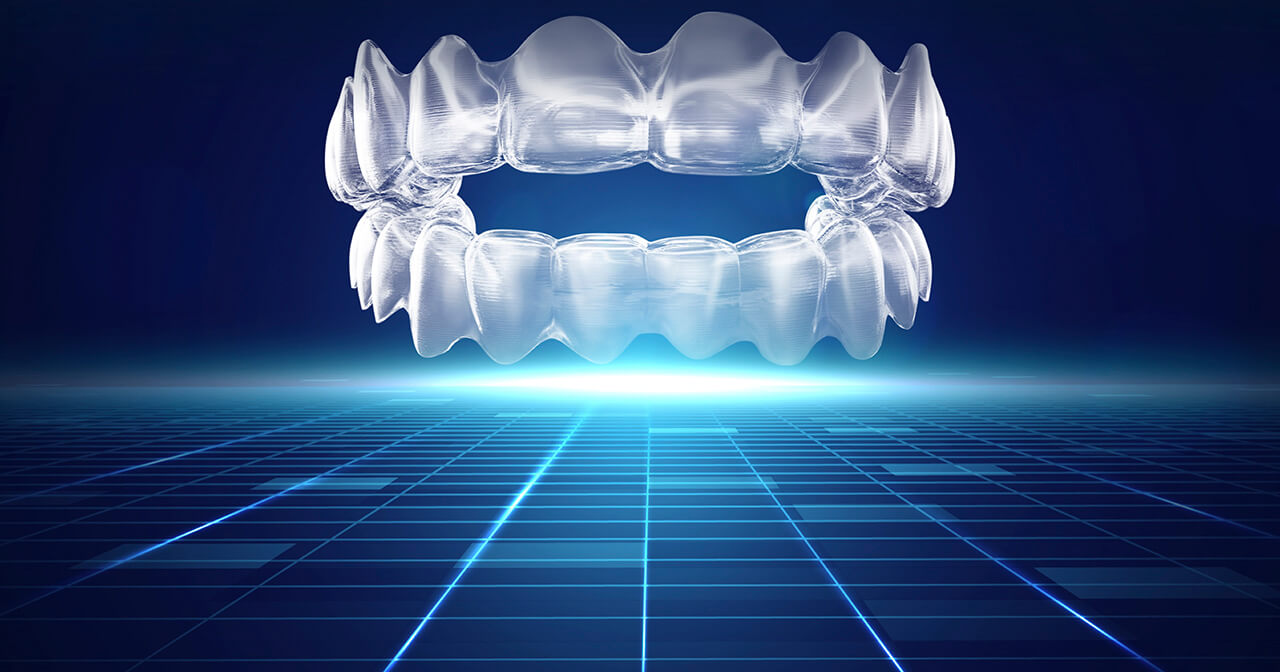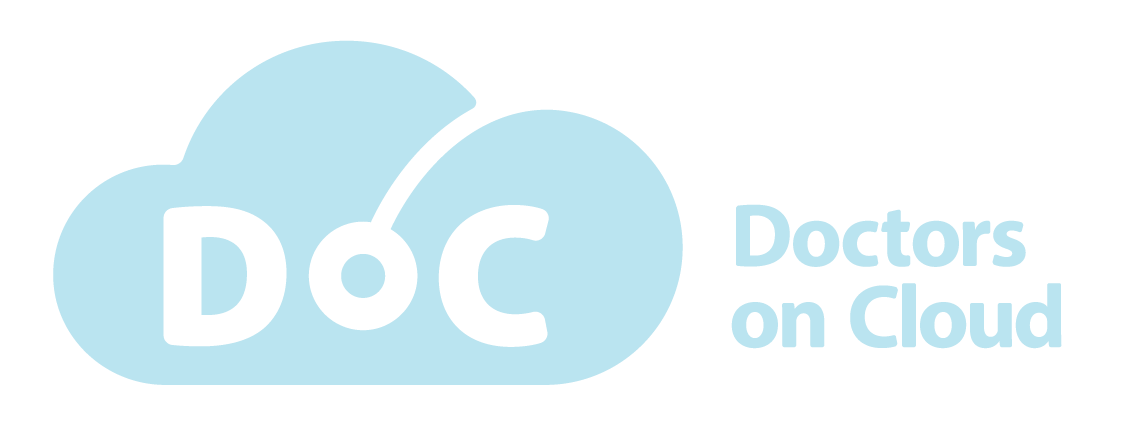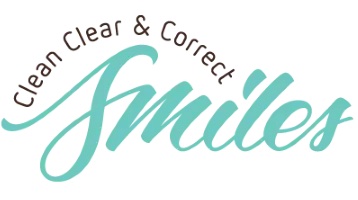A Modern, Flexible and Practice-Ready Qualification in Clear Aligner Orthodontics
Course Overview
Led by Dr Vandana Katyal — a highly experienced orthodontist specialising in clear aligner therapy — this program delivers high-quality, evidence-based training with ongoing case support. Dentists gain the confidence, competence and clinical judgement needed to improve case acceptance and deliver safer, more predictable aligner outcomes.
Nationally Recognised Accreditation
The Graduate Diploma of Digital Orthodontic Treatments is a nationally recognised qualification under the Australian Qualifications Framework, delivered by The Digital Orthodontic College (RTO 45506). The 12–18-month program comprises approximately 1,200 study hours (400 CPD), ensuring strong academic integrity and professional credibility.
Flexible, Anytime Enrolment
Start at any time and study at your own pace. The fully online format is designed for busy dental professionals, reducing travel and costs while supporting environmental sustainability.
Weekly Study Commitment
Expect 7–12 hours of learning per week. Note – Around half of this time is completed through treating orthodontic cases in your own practice, providing immediate, hands-on application of course concepts.
A Practical, Evidence-Based Learning Experience
Delivered entirely online through a 24/7 e-learning portal, the program integrates lectures, clinical videos, readings, virtual discussions and live case-planning sessions to reinforce practical, real-world skills.
Mentoring and Support
Participants benefit from one-to-one mentoring and direct chat access with Dr Katyal, monthly live webinars, a secure discussion forum and peer collaboration — ensuring continual clinical growth and guided progress.
Designed for All Experience Levels
Whether you are new to clear aligners or already experienced, the program strengthens biomechanical understanding, supports safer decision-making and enhances the quality and predictability of your aligner treatments.
Intended vocational, community outcomes of the course
Graduates of this program will apply clear aligner and digital orthodontic technologies with a high degree of professional autonomy, clinical judgement and responsibility – across a range of orthodontic scenarios—including assessment of presenting complaints, early identification of potential issues in children and adults, and management of relapses or concerns.
Specifically, having completed the Graduate Diploma of Digital Orthodontic Treatments dental practitioners will be able to:
- identify orthodontic cases suitable for their own scope of practice (adults and children)
- diagnose, plan and treat a variety of orthodontic cases, as identified within their own scope, with customised clear aligners
- be able to apply evidence-based diagnostic and treatment principles to a wide variety of presenting malocclusions such as Class 1, Class 2, Class 3, deep bite, open bite, crowding/spacing, crossbite, etc in ages from mixed dentition to growing teens and adult patients.
- diagnose, plan and treat a variety of orthodontic-restorative cases for ideal smile aesthetics and smile design
- identify cases requiring referral to specialist orthodontists or interdisciplinary needs
Safely and predictably:
- diagnose orthodontic cases within their scope of practice
- develop digital orthodontic treatment plans for their cases
- use 3-dimensional digital software and technologies in orthodontic applications
- treat with digital orthodontic appliances, specifically customised clear aligners
- offer orthodontics as part of a multidisciplinary treatment plan
- ‘troubleshoot’ unexpected orthodontic situations and problems
- identify risks of treatment to patient and develop strategies to minimise them
- use virtual orthodontic monitoring at different stages of orthodontics planning and treatment
- critically appraise and apply evidence-based orthodontic principles in clear aligner treatments
As independent dental practitioners, participants and graduates remain accountable for patient outcomes, risk management and the rectification of any issues that arise during treatment.
Three-Tiered Case Mentorship During Enrolment
- Online Discussion Forum – A secure space to ask questions directly to the orthodontist or group about case selection, diagnosis and risk management.
- Live Monthly Case Discussion Webinars – Interactive sessions where participants can share screens and discuss cases with the orthodontist and peers. Our most-loved feature!
- 1-1 Online Coaching – Several individual sessions are available. These are focused on detailed treatment planning and guidance for final case submissions.
Essential Entry Requirements and Resources
Entrants to the Graduate Diploma of Digital Orthodontic Treatments must:
-
Be over 18 years of age; and
-
Hold, as a minimum, a Bachelor of Dentistry or equivalent qualification; and
-
Be registered to practise as a dentist or dental specialist with the relevant dental board or authority; and
-
Demonstrate English language proficiency to ACSF requirements; and
-
Hold active dental board registration as a dentist or dental specialist for the duration of enrolment; and
-
Be actively engaged in the provision of dental services through a registered dental business. This may include operating under an Australian Business Number (ABN), trust or company structure. Evidence of current business registration must be provided at enrolment.
In order to complete this course, you will also need access to:
- A range of orthodontic materials (buttons, elastics, aligner seater chewies), bonding materials and instruments (readily available in general dental practice), impression materials or a digital intra-oral scanner, digital DSLR or smartphone cameras with ring flash, cheek/lip retractors and photographic mirrors for orthodontic record taking.
- A computer with access to a clear aligner planning software, high-definition web camera, microphone and high-speed internet
- Access to extra-oral radiography for panoramic and cephalometric x–rays
- An online portal access to clear aligner systems, materials and laboratory – Spark Clear Aligners accreditation can be facilitated once enrolled, if required.
- A range of patients (real or simulated) with varying dental conditions and wide age groups.
Additional Conditions:
- Participants on extended leave from practice must be actively practising as a dentist or dental specialist for at least 6–12 months during the enrolment period to complete the practical and case-based assessment requirements of the qualification. This program is not suitable for non-clinically active dentists.
- Where course fees are paid by a dental practice or employer, the arrangement will be managed under a commercial agreement between The Digital Orthodontic College and the business entity. These agreements fall outside the scope of student fee protection under SRTO 2025.
- Restricted treatment-planning platforms (e.g., Invisalign Go) are not suitable for meeting this diploma’s learning and assessment requirements.
Another 5 Star Review.
Dr J Chuang, Dentist, Australia
“The Australian accredited Graduate Diploma of Digital Orthodontic Treatment offers comprehensive training in the field, gives the candidate the opportunity to do things in a self-paced manner, while getting a personalised 1-on-1 learning experience with Dr Vandana Katyal. It was an excellent choice for me and gave me the flexibility to get the well-designed training done in my own time frame. I would strongly recommend the course to any practitioners who is looking to up-skill themselves with a no-compromise high quality course, while also having to juggle between busy practices and family schedules.”
Dentist, Australia
Whats sets the Graduate Diploma of Digital Orthodontic Treatments apart from other programs?
- Start at any time you wish! – No travel is required, saves time and $$$
- Train in a nationally recognised qualification program, designed in Australia (AQF level 8)
- Learn comprehensively with our quality-assured Orthodontist-led training program
- Master clear aligners and digital orthodontic treatments, with practical, modern clinical skills
- Over 400 hours of training material provided (CPD provided at course completion)
- 24/7 access to online E-learning portal with content focusing on Knowledge, Skill and Practice Development
- Get direct access to Dr Katyal via a secure chat, for quick questions and case screening during enrolment
- Book 1-1 video coaching sessions and mentoring for your cases, directly with Dr Vandana Katyal, Orthodontist (unparalleled service). *Available on select days during business hours.
- Feel supported with our after-hours monthly (sometime fortnightly!) interactive case-discussion webinars (our most loved feature). *Recordings are provided for any missed webinars so you never miss an event.
- Suits all levels of experience, from beginners to advanced with our unique & individualised learning methods.
- Join a group of progressive professionals and create new networks with dentists across Australia and New Zealand.
Want to know more about E-learning? Take a tour of our innovative and user-friendly E-learning portal here
7 Core Units
Core Unit 1 - Research and use evidence-based information about digital orthodontic practice
This unit describes the performance outcomes, skills and knowledge required to research and apply information about digital orthodontics to own practice. It requires knowledge of sources of evidence-based research about orthodontic practice, different types of digital orthodontic treatments, current and emerging evidence-based theories and current and emerging technologies for diagnosing, planning, monitoring and delivering digital orthodontic treatments. It includes comparison between traditional and digital orthodontic treatments and their benefits and disadvantages.
Elements:
- Source and evaluate evidence-based information about digital orthodontic practices
- Apply evidence-based information on digital orthodontics to own practice
- Extend, maintain and update knowledge of digital orthodontic practice
Core Unit 2 - Perform orthodontic examinations and record taking
This unit describes the performance outcomes, skills and knowledge to undertake orthodontic diagnostic examination and record taking procedures as the basis of comprehensive orthodontic diagnosis. Examinations are both extra and intra-oral and include intra-oral (three-dimensional) 3D scanning, cephalometry and photography. It requires the ability to diagnose malocclusion, with clinical examination using records as a supplement or to confirm the findings.
Elements:
- Determine patient treatment preferences and needs
- Perform extra-oral examination
- Perform intra-oral examination
- Obtain orthodontic radiography
- Perform cephalometric analysis
- Take clinical photographs
- Perform intra-oral scanning and impression taking
- Complete model review and space analysis
- Complete record taking
Core Unit 3 – Diagnose orthodontic conditions and plan treatments
This unit describes the performance outcomes, skills and knowledge required make a substantiated diagnosis for a presenting orthodontic complaint based on examinations and patient interactions, and then to prepare and refine treatment plans based on that analysis. It also involves the skills to communicate ethically and effectively with patients and agree on a finalised treatment plan.
Elements:
- Make diagnosis from examinations and patient interactions
- Develop treatment options
- Refine treatment options for risk management
- Finalise treatment plan
Core Unit 4 - Evaluate and use digital technologies for orthodontic treatments
This unit describes the performance outcomes, skills and knowledge to evaluate and use digital technologies for digital orthodontic treatment planning and monitoring. It requires ability to apply knowledge of clear aligner material and biomechanics to create the most appropriate plan for the patient.
Elements:
- Evaluate and select digital orthodontic technologies
- Use features of digital technology
- Use 3D software tools
- Use virtual consultation tools
Core Unit 5 - Perform early interceptive orthodontics
This unit describes the performance outcomes, skills and knowledge required to prevent and correct problems of the growth of jaws, abnormal soft tissue habits and the eruption of teeth for growing children. It requires the ability to apply knowledge and understanding of facial growth and optimal timing for orthodontic or dentofacial orthopaedic treatment in children.
Elements:
- Assess child’s growth status
- Diagnose orthodontic problems in child
- Correct orthodontic problems in early mixed dentition
- Correct transverse problems
- Use functional appliances
- Provide early treatment with clear aligners
Core Unit 6 - Commence and monitor digital orthodontic treatments
This unit describes the performance evidence, skills and knowledge to treat patients and monitor progress against expectations using clear aligners or other customised digital orthodontic appliances. It requires the ability to apply specialised knowledge of the benefits and limitations of clear aligner technologies and therapies and related biomechanics and attachment protocols.
Elements:
- Commence clear aligner treatment
- Consult with patient to adjust clear aligners
- Monitor and evaluate patient imagery remotely
- Place fixed retention
- Provide removable retention
Core Unit 7 - Use a multidisciplinary approach in orthodontic practice
This unit describes the performance outcomes, skills and knowledge required to identify the need for a multidisciplinary approach to patient treatment, make referrals, and communicate effectively with other dental and medical specialists to facilitate holistic patient care. Treatments from other dental and medical professionals may include oral surgery, restorative dentistry and treatments to manage facial disharmony. The unit also involves undertaking teeth movement to facilitate other dental treatments.
Elements:
- Establish the need for a multidisciplinary approach
- Communicate with other dental and medical professionals
- Plan and facilitate treatments by other dental and medical professionals
- Plan re-shaping and restorative buildup for ideal smile aesthetics
- Assess need for orthognathic surgery
- Identify orthodontic-periodontic issues for referral
Graduate Diploma of Digital Orthodontic Treatments Participant Handbook
Pay Now (ABN/NZBN required)
Please complete the enrolment form prior to payment
Please see our terms below
AUD $25,400 (GST free)
Pay in Monthly Instalments (Interest Applies)
Only available for AU/NZ residents with an active ABN/NZBN. Invoice ID = full name.
Please complete the enrolment form prior to payment. Please see our terms below.
AUD $25,400 (GST free) *interest applies
All prices are in Australian Dollars. GST is not applicable to this course fee
For any cancellations within 14 days of tuition fee payment, a non-refundable administration fee of $4,900 applies
Please review our commercial training services agreement prior to payment https://digitalorthodonticcollege.com/policies/
Our Fee and Refund Policy must be viewed prior to payment https://digitalorthodonticcollege.com/policies/fees-and-refund-policy/








